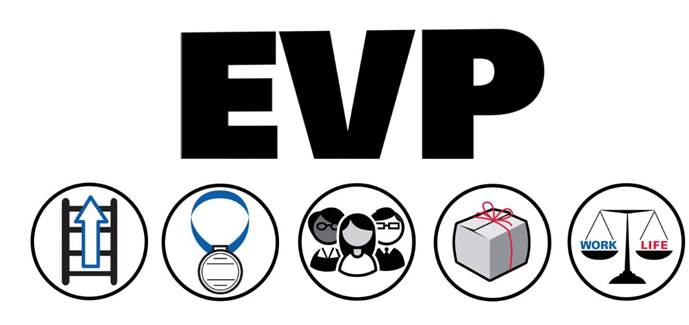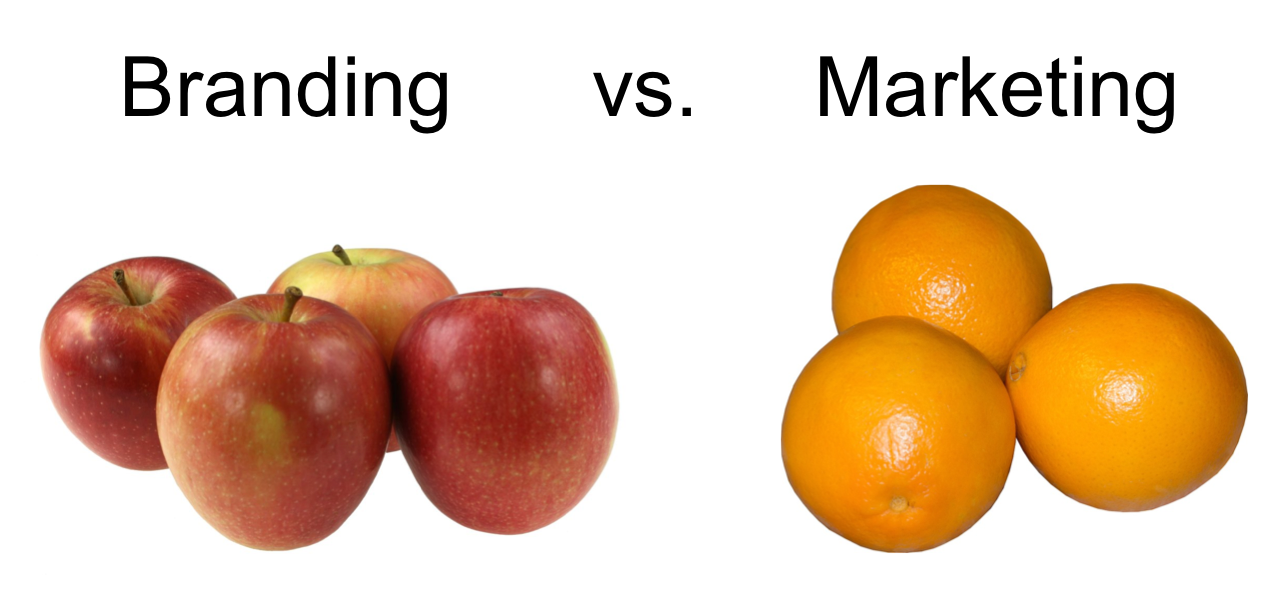Inward Blog
Viewing entries tagged with 'employee engagement'

The Essentials of Employee Value Propositions
August 23, 2016
Two weeks ago I attended the Advanced Learning Institute’s (ALI’s) Employee Engagement and Internal Brand Activation conference in Chicago. I was asked by ALI to lead a step-by-step employee engagement workshop on the first day which was well attended. As a speaker, I was also invited to stay for the second and third day and listen some outstanding speakers from TD Bank, Scripps Networks Interactive, Mondelez International and VW of America. The content in the conversations at this year’s conference was really outstanding. Kudos to the presenters and the organizers.
Posted by Allan Steinmetz at 11:00am
Employee Engagement, Employee Value Proposition, Culture, Retention

Personalizing Employee Onboarding
August 16, 2016
From a young age, we are all taught that first impressions are often the most important. This oft-repeated advice is typically associated with an individual meeting someone for the first time, whether it is for an interview, the first day of a new job, or even a date. While this is indeed good advice for an individual, we believe that companies should also adopt this mentality with incoming employees. When onboarding new employees, first impressions leave a lasting effect that can determine an employee’s tenure, perceptions, attitude, and career trajectory with the company. Companies should consider reaching out to incoming employees even before their start date, personalizing their experience to ensure a smooth transition from day one. In this way, organizations can more effectively connect these incoming employees with their culture, mission, vision, values, expected behaviors, and ultimately true employee engagement.
Posted by Matt Manning at 11:00am

What To Look For In An External Partner To Support Your Employee Engagement Strategy
August 10, 2016
Last week, I wrote about the challenge of securing necessary resources to develop and execute an effective strategy to create a culture of high engagement. Although all evidence would indicate that companies around the globe recognize employee engagement as one of their top challenges and key strategies to drive growth, customer loyalty, and satisfaction; those driving the efforts often struggle to obtain a budget and team to accomplish their objectives.
Posted by Rick DeMarco at 11:00am
Employee Engagement, Partner, Customer Loyalty, Satisfaction

Why Are Organizations Not Investing Sufficiently To Create High Employee Engagement?
August 3, 2016
Over the past decade or so, more and more organizations are talking about the importance of creating a culture of high engagement with their employees, so they will create exceptional customer experiences. However, although employee engagement shows up as a top challenge for CHRO’s, CMO’s, and CEO’s around the globe, the needle has not moved much for high engagement from levels of 30% in the U.S and 16% globally over the past 15 years. As we talk to existing and new clients, we hear and observe that one of the primary drivers for this lack of movement is an insufficient level of people and money resources dedicated to the effort.
Posted by Rick DeMarco at 11:00am

There Is A Difference Between Branding And Marketing
July 26, 2016
I had a very interesting meeting last week with the COO of a major Fortune 100 company with revenues in excess of $5 billion and over 80,000 employees worldwide. The purpose of the meeting was to discuss how to "brand" the company and accelerate a new corporate strategy of growing revenue, entering new markets, increasing competitiveness, and becoming more distinctive.
It didn't take long for me to realize that there was quite a bit of confusion between "branding" and "marketing." The executive appeared visibly frustrated by his previous meetings with two large and traditional brand-identity firms who talked about identity standards, design continuity, and logos. He was clear about one thing: he liked the current logo and identity and wasn't about to change them. What he was looking for, however, was a process to unite his people behind a common vision and values. He also wanted "branding" to help accelerate business development.
Using our Dialogue Marketing approach, I explained the difference between branding and marketing. I was, however, left wondering why many other senior executives cannot make this distinction. I'd like to take a shot at clarifying the difference, and then explain how Dialogue Marketing unites these two distinct activities into a single, integrated process.
Branding vs. Marketing: is there a difference?
I went straight to the internet and found several different definitions for branding and marketing. The best definition for a brand, I thought, was from Wikipedia:
A brand is the symbolic embodiment of all the information connected with a product or service. A brand typically includes a name, logo, and other visual elements such as images or symbols. It also encompasses the set of expectations associated with a product or service which typically arise in the minds of people. Such people include employees of the brand owner, people involved with distribution, sale or supply of the product or service, and ultimate consumers.
Defining marketing was not as easy. I found definitions that covered the gambit from advertising to a planning process to sales development and beyond. No wonder an executive who does not have day-to-day responsibilities for marketing is confused! Is marketing at a trade show branding? Is launching a new product or web site branding? The answer could easily be yes for most people, but there is a distinction that we must keep in mind.
Since I wasn't able find a good definition for marketing, I am providing the one we use here at Inward Strategic Consulting:
Marketing is a process of planning and identifying the needs and wants of a target market and meeting them through a series of integrated tactical activities. Pricing, product features, distribution/selling, advertising/PR/promotions, and retailing are all part of marketing. Its goals are to outperform the competition, create demand, and maintain customer loyalty.
Now the distinction between the two definitions is clear. Branding deals with the look, image, tone, and manner of the company and its products and services. Marketing is about communicating the company's brand through a planned series of integrated promotional and sales activities. It really is that simple. So why the confusion?
Branding companies, PR firms, and management consultants muddy the waters
Over the years, as definitions and activities have become blurred, people have come to see branding and marketing as the same thing.
One factor that has contributed to the confusion is the way that business has changed. A big part of the problem is our marketing and communications profession, with its zeal to grow revenue, develop client relationships, and expand business. The branding firms have extended their activities beyond creative identity, reputation management, and design to manage trade shows, write collateral, and produce sales events and videos.
Advertising and public relations firms, in addition to designing ads, logos, and tag lines, are entering new fields: interactive employee engagement, guerilla marketing, and analyst relations. Some of them even compete with their sister brand agencies. It would be in the best interests of their clients to integrate their talents and capabilities, but they are all too busy morphing into amalgamated communications companies.
Then there are the management consulting firms, all about process improvement, measurement, and accountability. They claim to understand and care about the difference between good and bad branding-and certainly have strong opinions if you disagree with them. But they do view branding as a matter-of-fact rather than a creative process. They measure everything, applying marketing econometrics and analytics to project customer differentials and the inclination towards improved market performance and acceptance. (Did you have to read that sentence twice to understand what it is they do?) They have process maps, formulas, and models. Boy, do they have models!
To management consultants, branding is a marketing process and marketing is a sales process. They, too, have contributed to the blurring of brands and marketing.
Dialogue Marketing makes it clear again
At Inward we believe that it is time to return to clear definitions of branding and marketing. While we acknowledge and reinforce that they are distinctive and different, we do need to recognize how and when they work together. What we need is an integrated approach. Here it is:
Branding creates a reputation, a look and image, a tone and manner, even an attitude that makes the company stand out to customers. Marketing launches that identity through sales, with an integrated plan of activities designed to reach the company's objectives.
These two distinct activities are unified in a single process we call Dialogue Marketing:
Dialogue Marketing establishes brand architecture and maintains communication with the customer throughout the lifecycle of the relationship. The process starts by building awareness. It continues with one-to-one dialogue and incentive marketing or closing the sale. Relationship marketing maintains customer loyalty with special communications and deals.
There are two parts to the Dialogue Marketing process: establishing the brand followed by marketing and sales development.
Part 1: Establishing the brand
Posted by Allan Steinmetz at 1:00pm
Branding, Marketing, Employee Engagement, Dialogue Marketing

Stick With Your Brand Positioning And You Will Have A Better Chance At Growing Employee Engagement
July 21, 2016
For the first time in a decade, the average tenure for CMO's in corporate America has dropped from 48 months to 44 months between 2014 and 2015, according to Spencer Stuart, a senior-level executive search firm that has been analyzing this information for over 10 years. And in other parts of the world, that time is even shorter, with the average tenure for a CMO in the U.K. at a mere 18 months. The research also reveals that 73% of the new CMO’s in 2015 are moving into this position for the first time in their careers. There are many dynamics that are causing this trend but I want to focus on the implications this has on effectively creating a culture of high engagement.
Posted by Rick DeMarco at 1:00pm

Take a vacation! YOU DESERVE IT! If you don’t your company performance will suffer
June 28, 2016
Not taking vacation time is a bad idea, as it harms productivity and the economy. Those are the key findings of a study entitled “An Assessment of Paid Time Off in the U.S.” commissioned by the U.S. Travel Association, a trade group, and completed by Oxford Economics in 2014.
Posted by Allan Steinmetz at 2:00pm

Kudos to Lowes In Gurnee, Illinois For Getting It Right
June 15, 2016
Big box stores like Home Depot, Menards, and Lowes have become the go-to destination for home improvement products, from building materials to landscaping supplies and plants to hardware. And yet they are notoriously bad when it comes to providing an exceptional customer experience for the average consumer who isn’t an expert in the task he/she is undertaking. It’s hard to find what you’re looking for and even harder to find an associate who can help. In fact, there are a number of television commercials running today that poke fun at the difficulty of finding a knowledgeable assistant at stores like this. Occasionally, you find a store that breaks out of the pack, but there is great inconsistency from store to store.
Posted by Rick DeMarco at 9:00am
Customer Service, Employee Engagement, Customer Satisfaction

Winning Isn't Just About Beating The Other Guy
June 1, 2016
Last week, our CEO, Allan Steinmetz, wrote a blog about moving from doing “good work” to doing “great work”. As I read his thoughts, it occurred to me that doing great work is all about a commitment to winning. But the problem is that there are different interpretations of what winning really means.
Posted by Rick DeMarco at 9:00am

Moving From "Good Work" To "Great Work"
May 24, 2016
I recently came across a very interesting new study conducted by OC Tanner, a global premium, recognition and rewards company, called the "Great Work Index Study". The study polled more than 3,400 employees from the United States, Australia, Canada, U.K., Germany and India. The study found that there are two main accelerators that encourage employees to strive for greatness: the organization's expectations for greatness, and access to resources.
Posted by Allan Steinmetz at 9:00am
